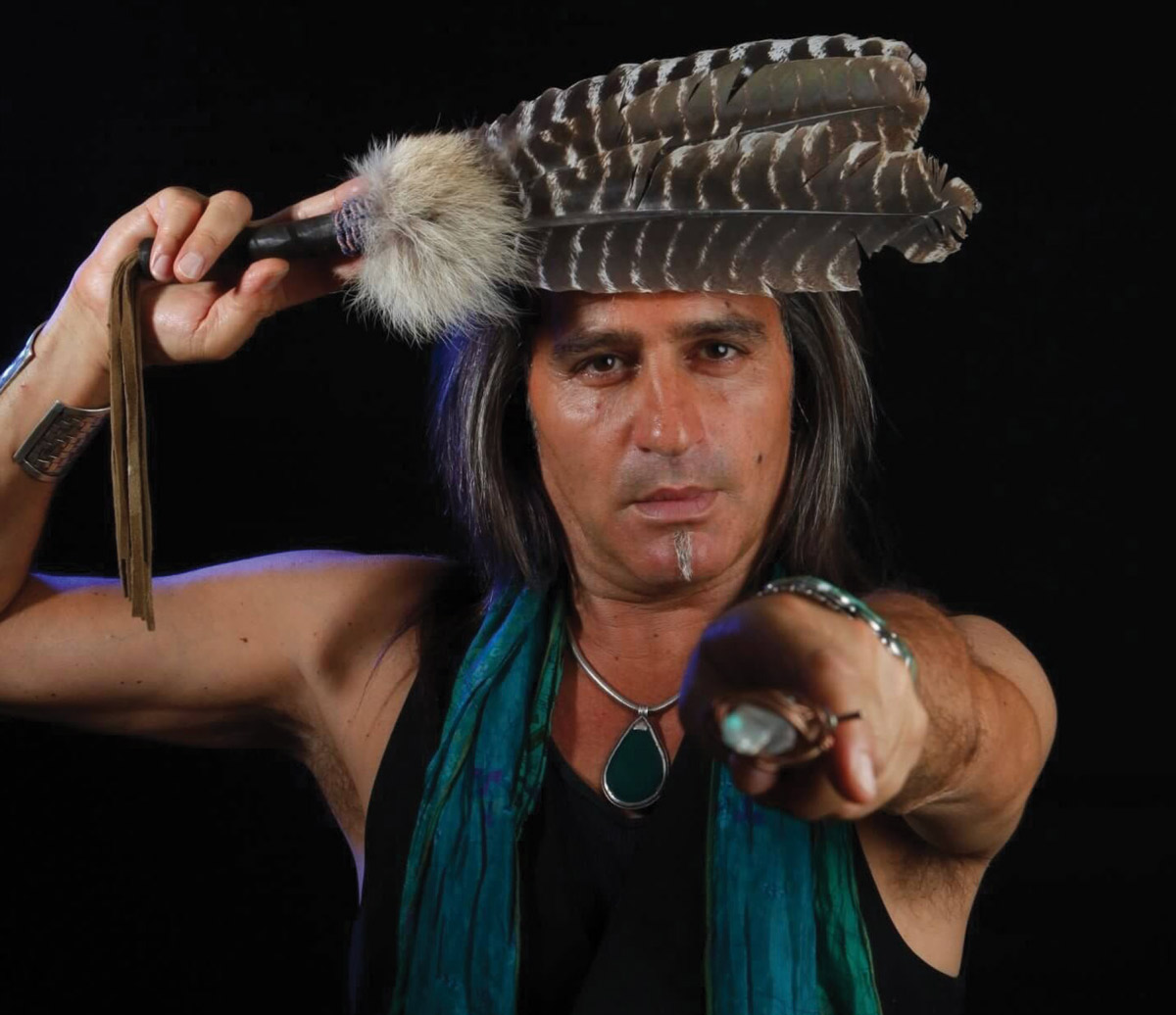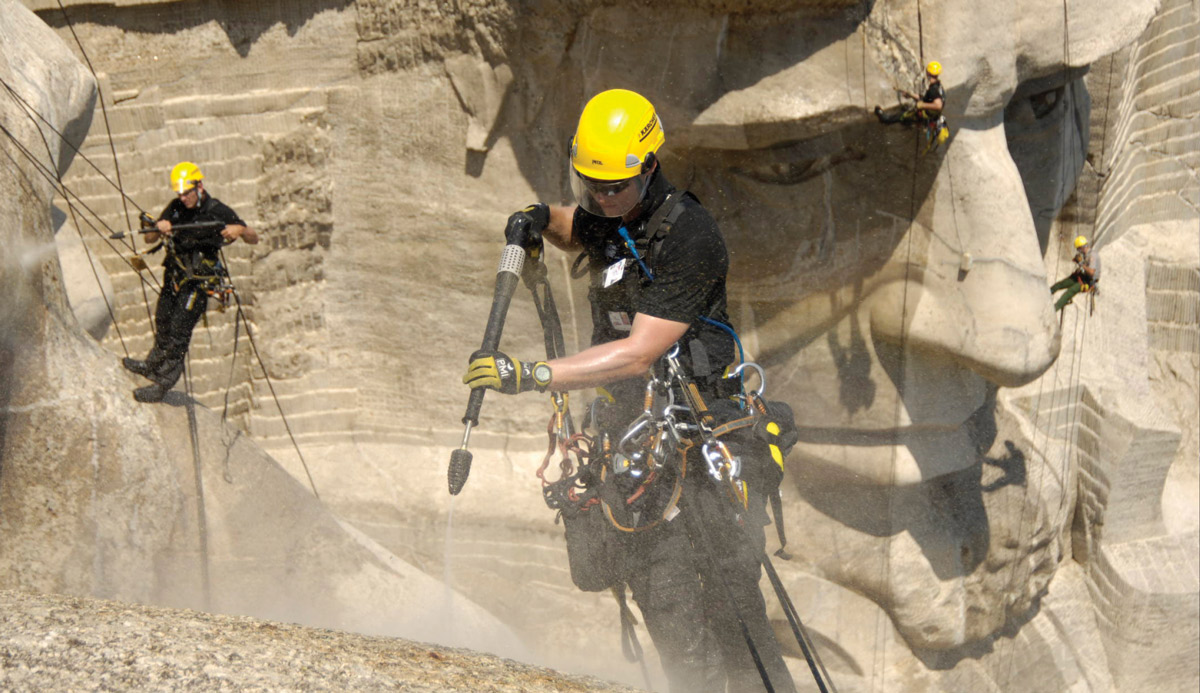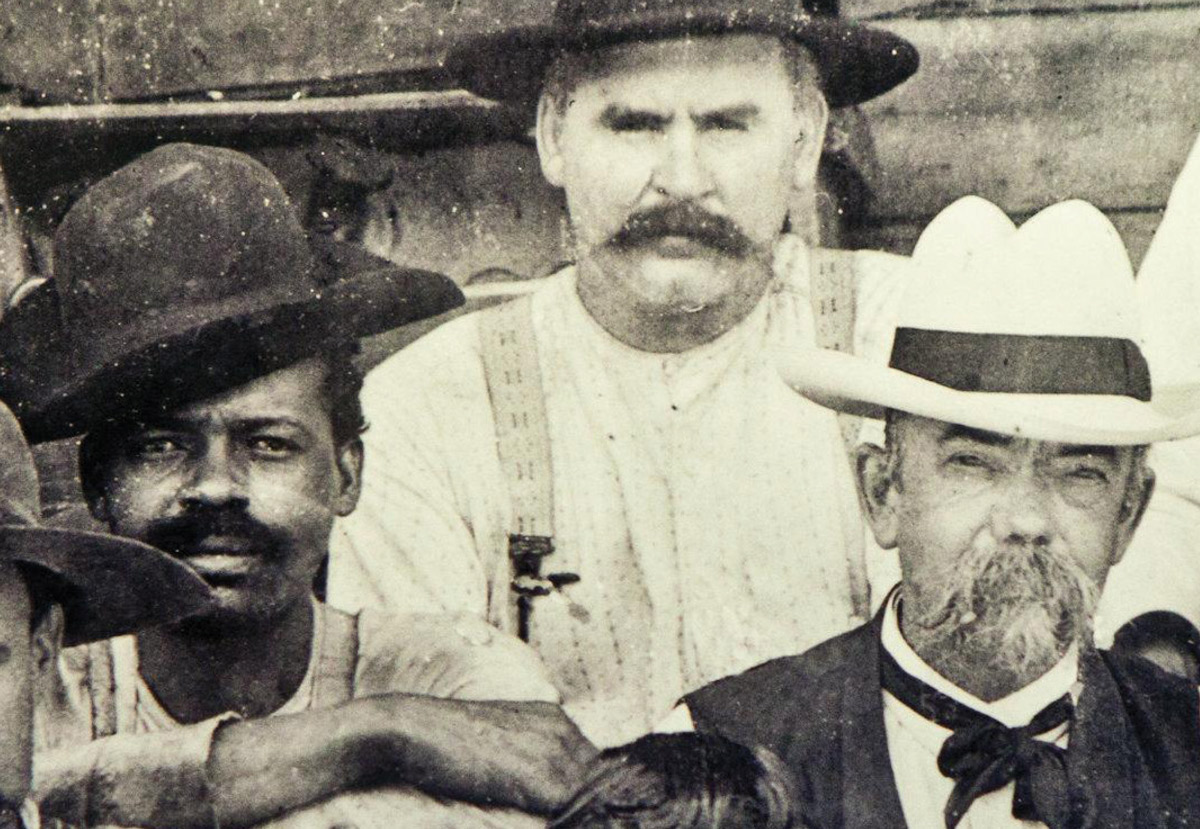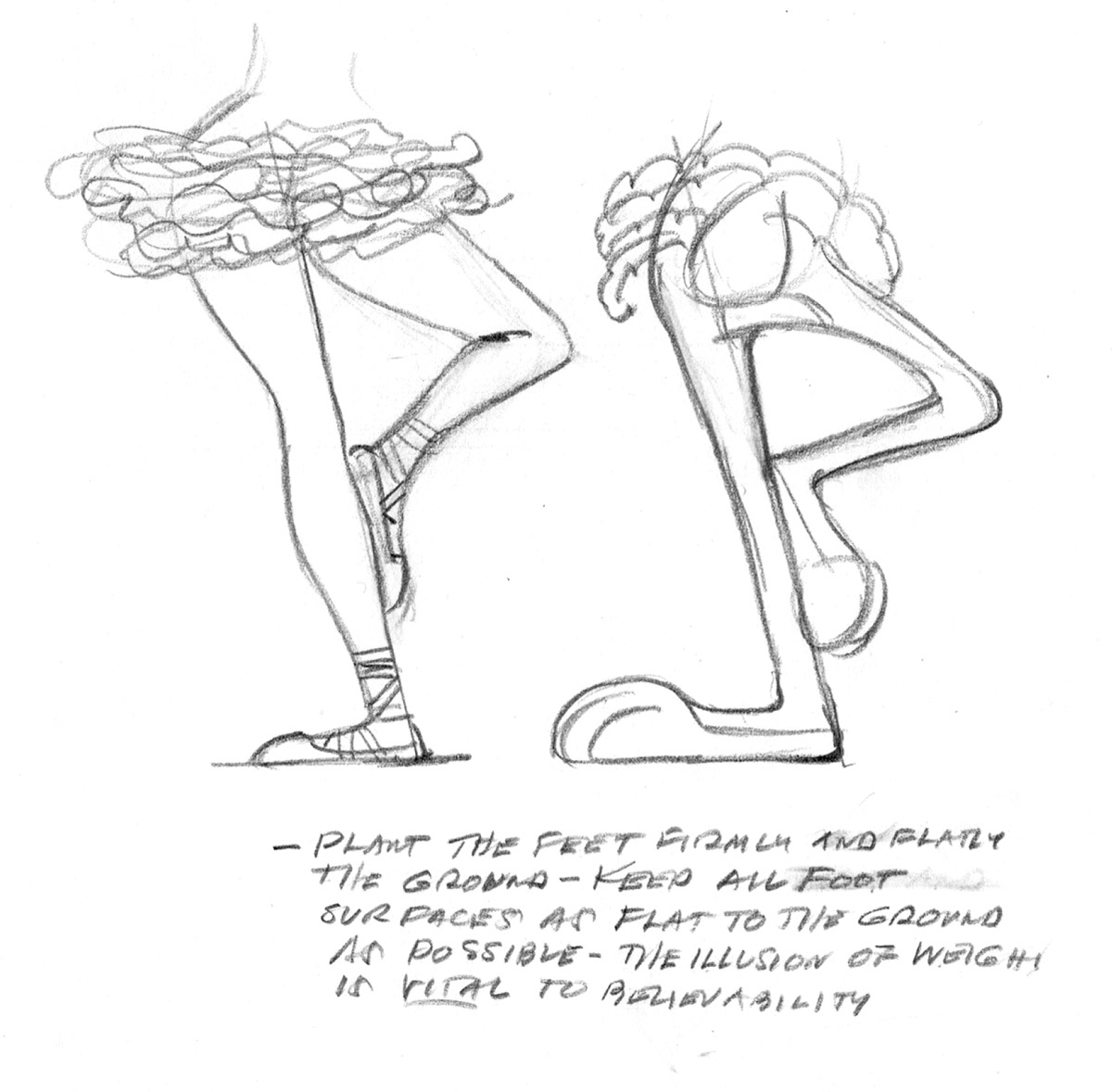Kiosk / Fall 2017–Winter 2018
In the nooks and crannies
Cabinet
Readers might remember from the last issue that we announced the imminent opening of a Berlin office that we are sharing with another organization. This has not been exactly a smooth operation. We started paying rent on 15 January, but the landlords, smooth operators that they are, managed to forget to install heating or a street door by the assigned date. Needless to say, the relationship has been fractious. When we received the contract, for instance, we noticed that the landlords had determined the rent based on a calculation that assumed the space to be 140 square meters, even though their own architectural drawings pegged it at 132 square meters. After some back and forth, they agreed to charge us for 134 square meters. We caved in and signed. Given all the unmellow vibes associated with the space, we decided to host an event at which the space will be cleansed of its bad juju. Last week, we called Berlin’s primo shaman, who informed us that his purification powers would be available to us at one euro per square meter of space. “How big is the space exactly?” he asked. “Ah,” we explained, “that’s a question that goes to the heart of why we need you to begin with. The space is 132 square meters, but the landlords insisted on charging us for 134 square meters; the contract says 134.” “Well, natürlich, we have to go by the contract,” our shaman replied. A phantom 2 square meters that refuses to be exorcised.

• • •
Later that day, on a different cleaning mission, we were vacuuming the office and looked down appreciatively at the machine we were using. So compact, and yet so much Teutonic suction! For a second, its miraculous powers swept us into a world full of sweetness and light, one in which there are no dirty tricks up anyone’s sleeves. Who on earth had made such a magical thing? The name on the machine read: Kärcher. A familiar name; where had we heard it before? And then we realized that this was the very company whose photogenic cleaning of Mount Rushmore had been featured on the cover of our recent “Nose” issue. In that photo, Jefferson’s schnoz is being water-blasted by a Kärcher employee using the company’s patented equipment. If it’s good enough for a Founding Proboscis, then it’s certainly good enough for us.

• • •
Speaking of cleaning up founding fathers, we recently saw a large advertisement in the London subway system that mobilizes and “embraces” (as the marketing department would put it) the recently uncovered history of the Jack Daniel’s whiskey brand. The ad, which features a photo of Daniel and some of his workers ca. 1900, tells the story of how he came to found the Tennessee-based distillery. According to the company’s website, young Jack left home before he turned ten to work on a nearby farm owned by Dan Call, a reverend who, improbably, also ran a still. The person in charge of the still, however, was a slave named Nathan “Nearest” Green—“the best whiskey maker that I know of,” according to Call. It turns out that though the company had never previously acknowledged Green’s role, it was he, and not Call, who taught Daniel the art of whiskey making. After the Civil War, the reverend was forced to sell his still (an ultimatum from his flock); clever Daniel, now seventeen, bought it and installed Green as his head distiller. The photo used in the ad and on the site shows Daniel, now a wealthy man, seated next to Green’s son, also an employee; much hay is, natürlich, made of the fact that a white businessman is seated next to an African-American. Making sure to squeeze every ounce of exemplary historical behavior out of this story, the website goes on to assure us that “while slave labor was a part of life in the South prior to the Civil War’s close, Jack Daniel not only never owned slaves but he worked side-by-side with them as a hired hand to Dan Call. When it came time after the war to establish his own distillery, Jack’s crew were all hired men.” Or, translated out of marketing idiom: “Please congratulate us on the fact that our founder, a fourteen-year-old of little means when the Emancipation Proclamation was issued in 1863, never owned slaves. And a further round of applause, please, for the fact that after the Civil War, he complied with the law.”

• • •
Another intoxicating Tennessee concoction lends its name to the title of Timothy Donnelly’s excellent poem “Diet Mountain Dew,” a portion of which is cited by Catherine Keyser in this issue’s “Ingestion” column on the racialized history of the Trix rabbit. The many bunnies running around in her text put us in mind of perhaps the most famous trickster rabbit of all—Bugs Bunny, to whom we are partial in part because his voice was modeled on a type familiar to us from our New York office, namely, the Brooklyn wiseguy. But it turns out that Bugs is not just from the City of Fuhgeddaboudit; he’s also from the City of Light. As Chuck Jones, the artist who created Bugs, once explained, “Degas ... drew the dancer’s back leg using a long, straight, vertical line, at right angles to the stage’s horizontals. ... With one leg so securely grounded, the other could be in any position without suggesting instability. When Bugs comes to a stop, he often assumes a position like the Degas dancer, with his weight on one leg.” Bugs-Ballerina: a wiseguy with one foot in high culture, it seems.

• • •
When we signed the contract for our space, an ID and a signature were enough to seal our fate. Good thing the landlords did not know about the Konai contract of 1858, discussed in Susan Zieger’s article in this issue. Often considered the first modern instance of a hand- or fingerprint being used for the purposes of identification, the contract was drawn up by William James Herschel, who was at the time serving in the Indian Civil Service, the British imperial government in the subcontinent. Herschel was supervising a road building project in Bengal, and was concerned that Rajyadhar Konai, a local contractor hired to provide construction materials, might renege on his commitment. Not content for him to confirm the agreement with his signature, Herschel instead, he later wrote, dabbed Konai’s “palm and fingers over with the oil ink used for my official seal, and pressed the whole hand on the back of the contract, and we studied it together, with a good deal of chaff about palmistry.” Herschel, and subsequently Francis Galton, later argued that the print was the first example of such an impression being used in an identificatory manner. However, for critics like the Scottish physician Henry Faulds—a contemporary of Herschel and Galton who also claimed to have innovated fingerprinting—the Konai print was itself only a species of palmistry, insofar as it simply registered the more visible lines that were primarily of interest to cheiromancers. Meanwhile, Herschel’s assumption that Konai “had never dreamt of such an attestation” should also be viewed with skepticism: the tradition of important documents being marked with the handprint of the ruler was a feature of Indian governance going back at least to the reign of the Mughal king Shah Jahan in the early seventeenth century.